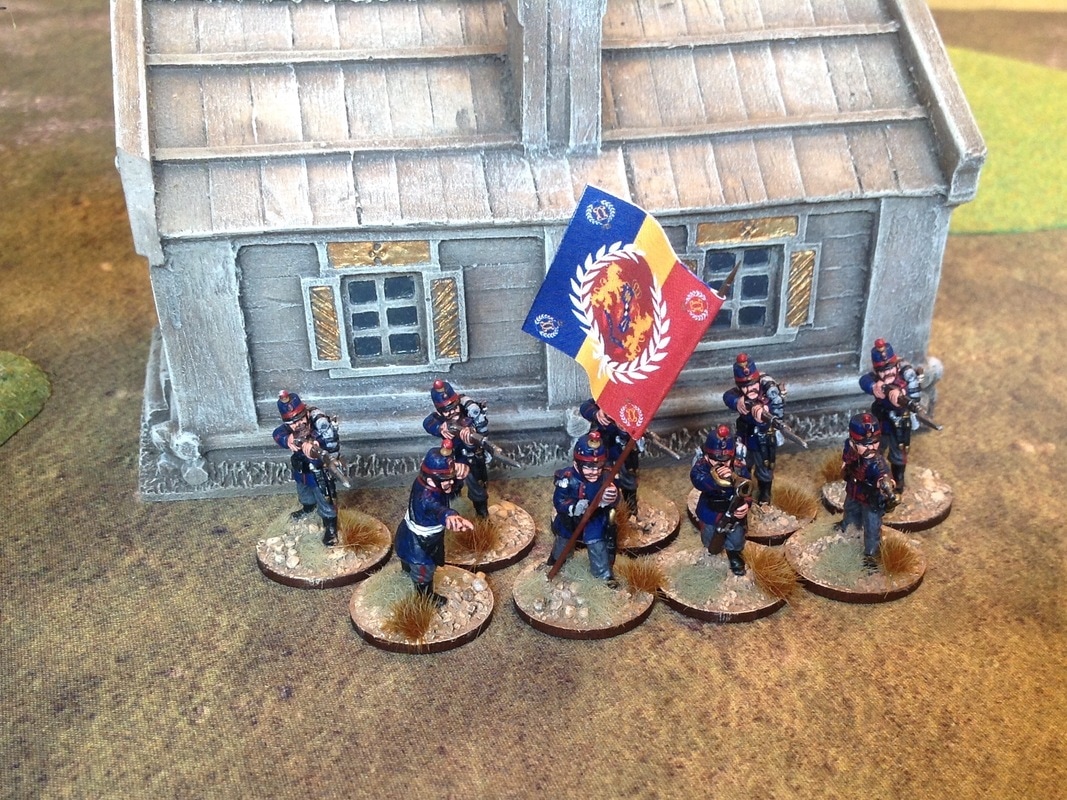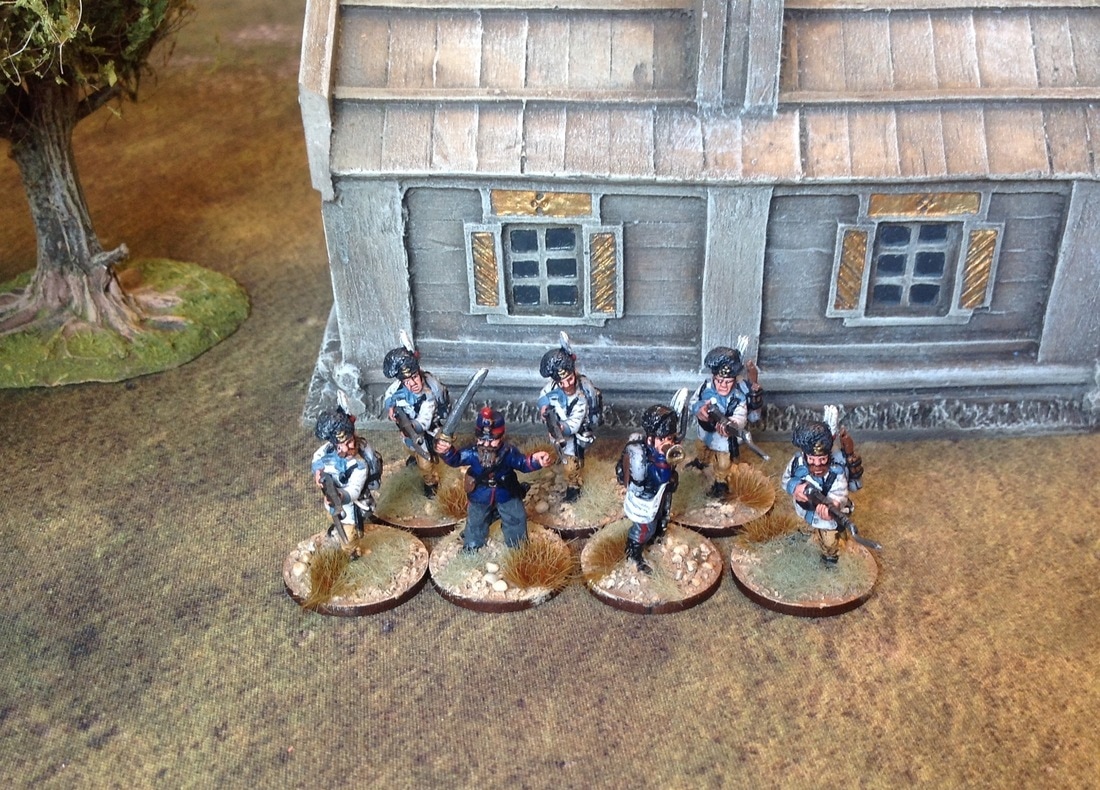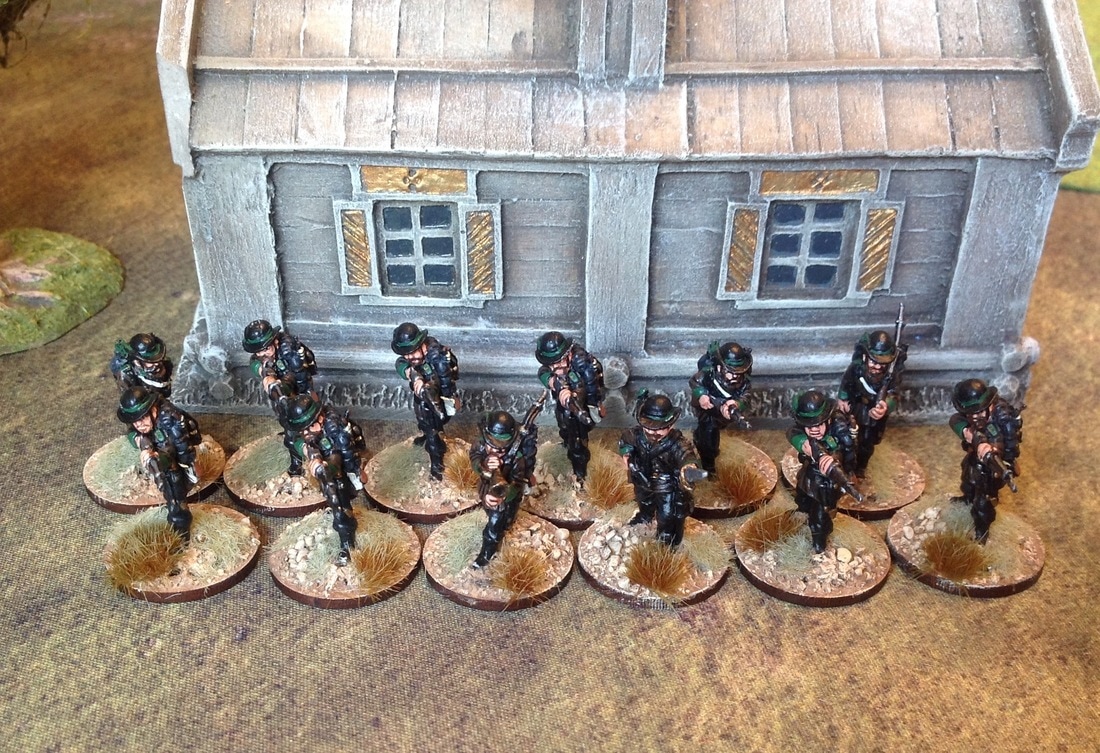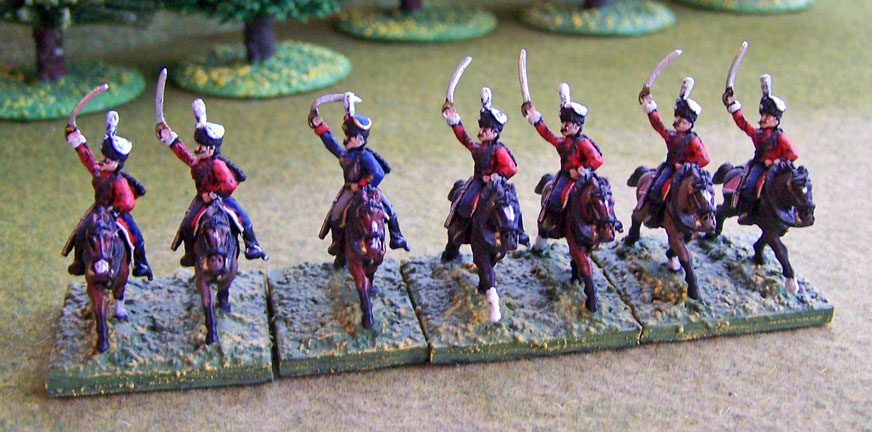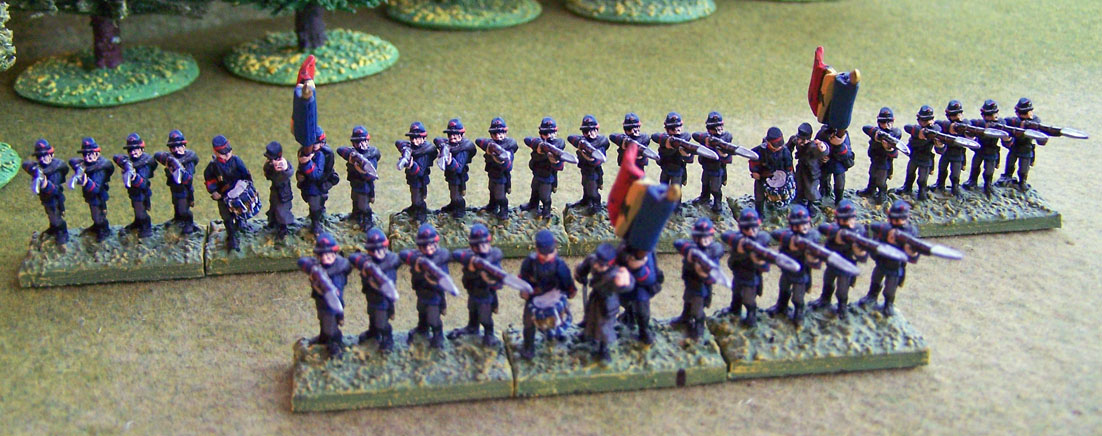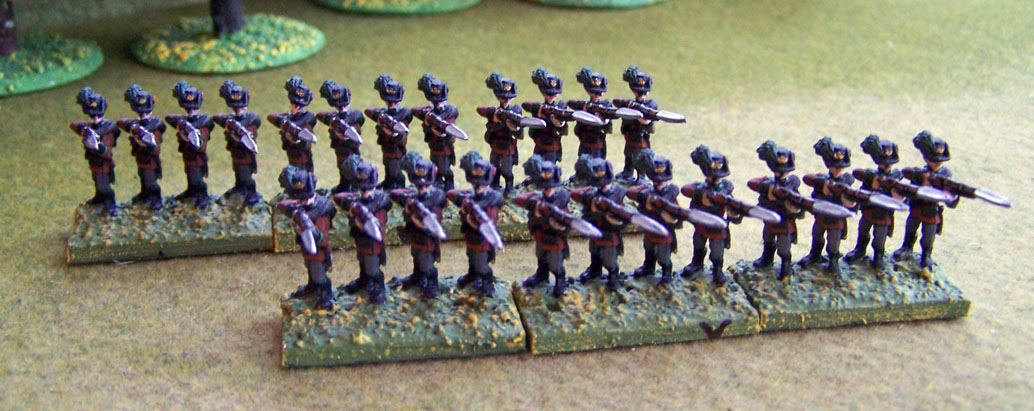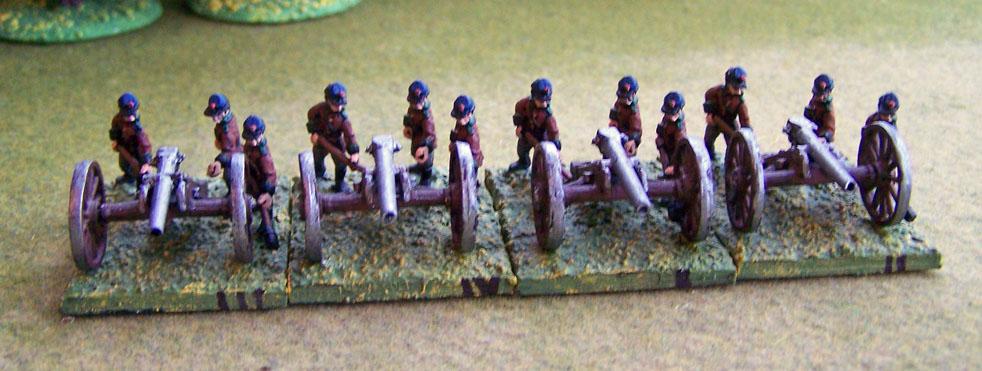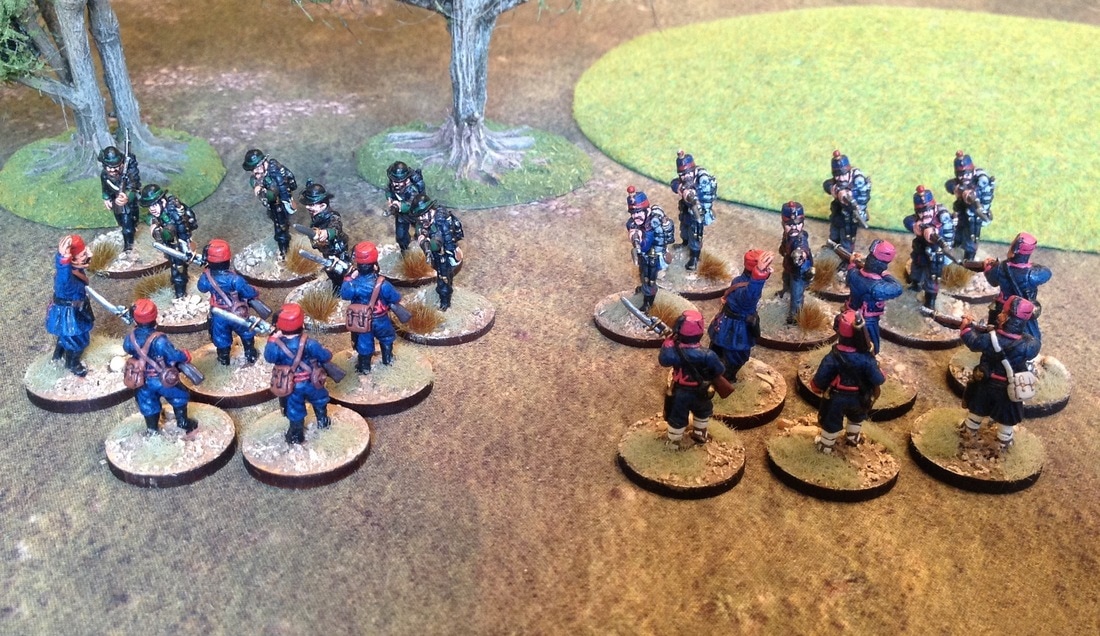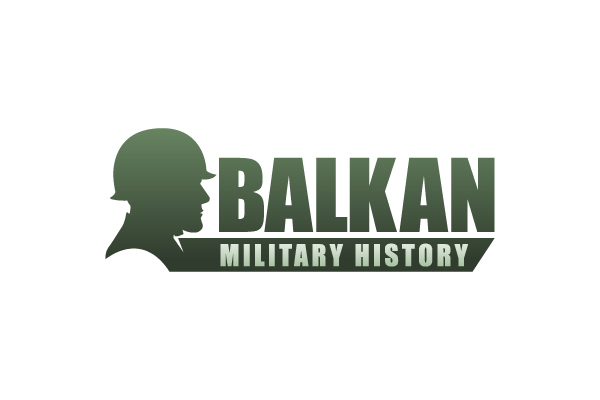- Home
- About
-
Travel
-
Features
- Dyrrachion1081
- Normans in the Balkans
- Manolada 1316
- Kosovo 1389
- Castles on the Danube
- Late Medieval Bosnian Army
- Doboj 1415
- Wallachian and Moldovan troops of the Napoleonic wars
- Anchialos 917
- Slovenian Borderlands
- The Zadruga and the Military Border
- Cretan War in the Adriatic
- Salonika 1916
- Uskoks of Senj
- Siege of Klis 1537
- Eugene in the Balkans
- Moldavian Surprise 1711
- Austro-Turkish War 1737-9
- Militargrenze
- Invading Ottoman Turkey
- Siege of Ragusa 1814
- Russo-Turkish War 1806-12
- Serbian Uprising 1815
- Ali Pasha
- Ottoman Army 1826
- Aleksinac 1876
- Shipka Pass
- Slivnitsa 1885
- Romanian Army 1878
- Austrian forts 19thC
- Kumanovo 1912
- Catalca Lines
- Adrianople 1912-13
- Kajmakcalan 1916
- The other 1918 campaign
- Macedonia air war WW1
- War of the Stray Dog
- Royal Yugoslavian armed forces
- Blunder in the Mountains
- Romanian SS
- Gebirgsjager in the Balkans
- Knights Move 1944
- Vis during WW2
- HLI in the Adriatic
- Adriatic Cruel Seas
- Dalmatian Bridgehead
- Cyprus 1974
- Transnistrian War
- Ottoman Navy Napoleonic wars
- Medieval Balkans
- Balkan lockdown quiz >
- Reviews
-
Armies
- Ancient Greeks
- Pyrrhic army of Epirus
- Dacian wars
- Goths
- Late Roman
- Comnenan Byzantine Army
- Normans
- Serbian medieval
- Albanian medieval
- Wallachian medieval
- Bosnian Medieval
- Catalan Company
- Polish 17C
- Austrian Imperialist
- Ottoman
- Austrian 18thC
- Russian Early 18thC
- Ottoman Napoleonic
- Greek Revolution
- 1848 Hungarian Revolution
- Russian Crimean war
- Romanian Army of 1877
- Ottoman 1877
- Russian 1877
- Balkan Wars 1912-13
- Macedonia WW1
- Greece WW2
- Italian Army WW2
- Gebirgsjager WW2
- Hungary WW2
- Turkey WW2
- Soviet Union WW2
- Bulgaria WW2
- Turkish Korean War Brigade
- Balkan Wars 1990s
- Links
- Books
Romanian Army of the Russo-Turkish War 1877-78
|
INTRODUCTION
The Ottoman provinces of Wallachia and Moldavia became autonomous following the Treaty of Adrianople 1829. In 1868 they united to form the nation of Romania which declared its independence at the outset of the Russo-Turkish War in May 1877. This article looks at the Romanian army which played an important part in the eventual Russian victory confirming Romania's independence at the Treaty of Berlin 1878. OPERATIONS A Romanian army of 32,000 infantry, 5,000 cavalry and 84 guns, organised in 4 divisions was mobilised in May 1877. This freed the Russian army advancing through Romania for the invasion of Bulgaria. After the Russians crossed the Danube the Romanian 4th Division garrisoned Nikopolis. Following the failure of Russian assaults at the 2nd Battle of Plevna, Prince Charles of Romania responded to Russian pleas for assistance by concentrating an army of 30,000 infantry, 4,500 cavalry and 126 guns at Plevna. He was given nominal command of all forces at Plevna and the Romanian contingent was commanded by General Cernat. At the 3rd Battle of Plevna the Romanian 4th Division (supported by the 3rd) captured the Grivitza Redoubt suffering 2,617 casualties. Poor co-ordination of the other assaults resulted in defeat for the allied army and siege operations began. Romanian infantry and artillery played a key role in the successful siege and their cavalry assisted in the investment to the west of Plevna. After the fall of Plevna the Russian army crossed the Balkans and drove the Turkish army almost to the gates of Istanbul. The Romanian army was engaged in capturing the Turkish garrisons on the Danube and particularly distinguished itself at the Battle of Vidin 12/13 Jan. 1878. ORGANISATION There were two types of infantry regiments, Line and Dorobanz (territorial). Brigades usually had one Line and two Dorobanz regiments of two battalions each. In addition each division of two brigades had a rifle (chasseur) battalion and an artillery regiment of six, six gun batteries (5 field and 1 horse). Battalions numbered about 750 effectives in four companies. Most line regiments were equipped with the excellent American Peabody rifle, although most Dorobanz regiments still had the Dreyse needle-gun. The artillery were equipped with the latest 4pdr and 9pdr Krupp steel guns. The cavalry consisted of regular (Rossiori) hussar regiments and territorial (Calarashi) regiments. Each regiment had four squadrons of 125 men each. Tactically the army was influenced by both Prussian and Russian models. Unfortunately the Russian's, at least pre-Plevna, had a low opinion of the Romanians and this seems to be reflected in English language sources. Romanian sources I have seen tend to be of the fiercely nationalist variety. There seems to be strong evidence (particularly at Plevna) that all the Romanian infantry (including Dorobanz) were just as predictable and reliable as the Russians. The ammunition purchased for the Peabody's appears to be on a larger scale than Russian tactical doctrine required. I have seen no accounts of the chasseurs fire discipline to come to a view on their marksmanship. The cavalry was certainly held back west of Plevna, however, as it was under Russian command this may simply reflect Russian prejudice. UNIFORMS
There are uniform details and colour plates in the Osprey MAA 277 as well as Ray Lucas's articles in 'Miniature Wargames' 20&21. However, the plates reflect the dress regulations and in practice there appears to have been considerable variation. In particular between Line and Dorobanz uniforms. Photographs in the National Military Museum, Bucharest show Dorobanz with kepis and some regulars with the old 1860's frock coat. In summer a wide variety of uniform adaptations were adopted by officers and men. The sources above make no reference to standards. Those I have seen all appear to be based on the national flag (red, yellow & blue vertical stripes). The Romanian eagle in gold or sometimes in red appears in the centre of several flags as well as on the point of the flagstaff. WARGAMING My own 15mm army was completed entirely from Awesome Enterprises, Rank and File range (Now at least partly available from Old Glory 15s). This extensive range also covered the Bulgarian Legion as well as Turks and Russians. Lancashire Games have a range in (somewhat larger) 15mm although the line infantry and hussars could easily be converted from other ranges (e.g. Franco-Prussian War, Wurtemberg line are very similar). In 28mm, my figures come from the Outpost Miniatures range for the Russo-Turkish War. BIBLIOGRAPHY
The absolute must read book on the war is 'War in the East' by Quintin Barry. Although it is a bit light on the Romanians. Others include: R.Furneaux The Siege of Plevna Blond 1958 Ian Drury The Russo-Turkish War 1877 Osprey MAA277 F.V.Greene The Russian Army and its Campaigns in Turkey Pallas Armata W.H.Cromie The Military Forces of the Balkan Peninsula Pallas Armata C.E.Vincent The Military Aspects of the Eastern Question Pallas Armata F.Maurice The Russo-Turkish War 1877 Pallas Armata Ray Lucas Armies of the Russo-Turkish War 1877-78 MW 20&21 Muzeul Militar National - Bucharest |
